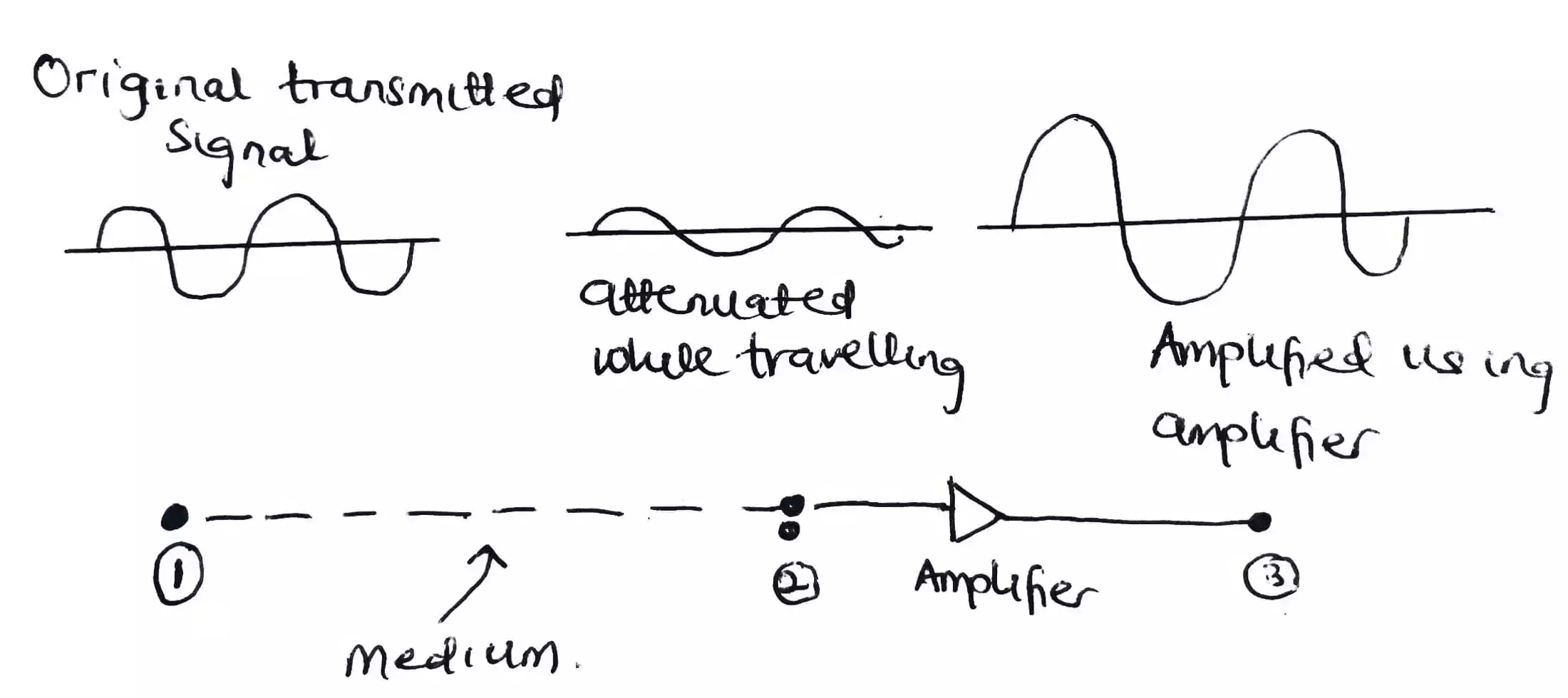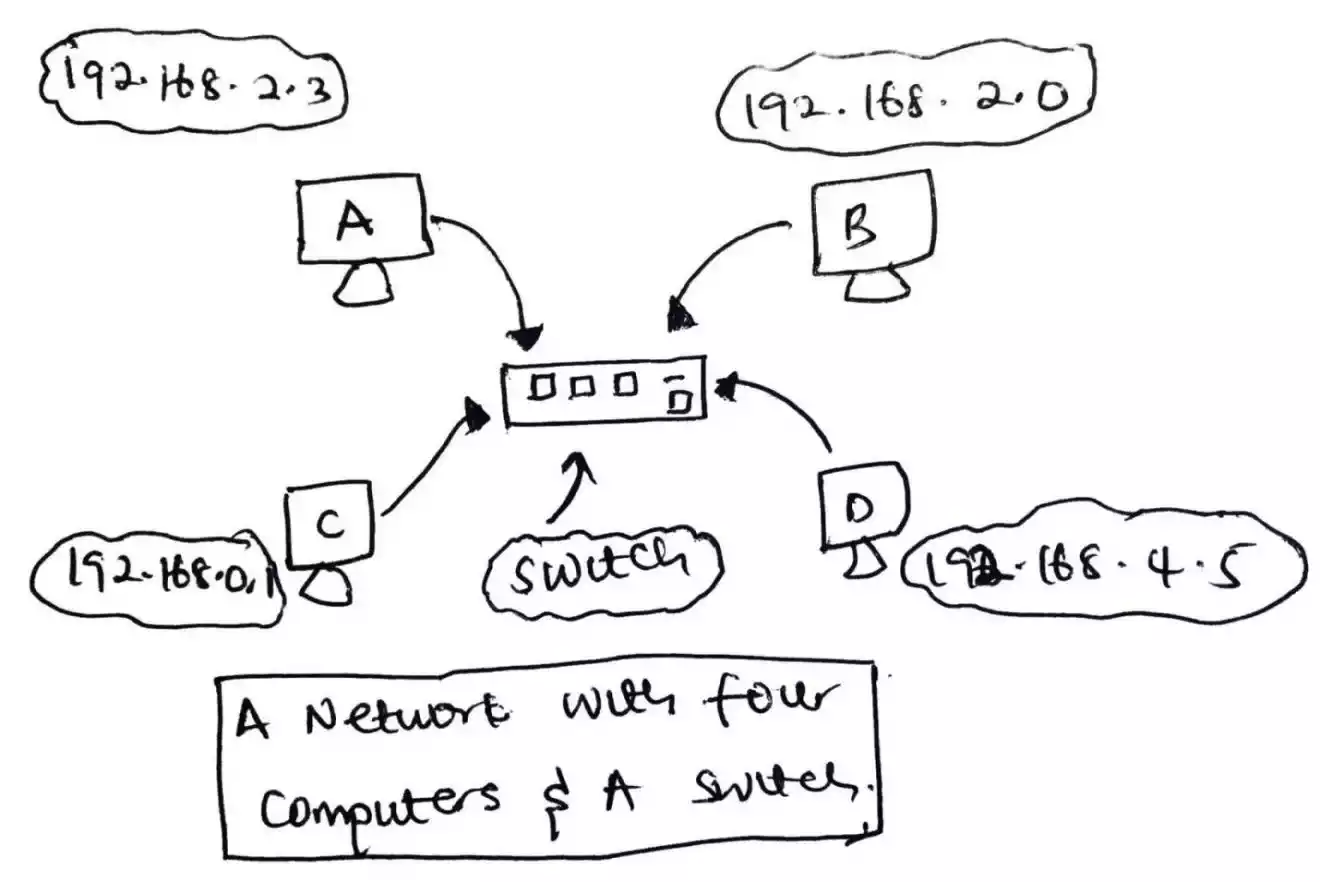What is Wavelength, and Why Is It Important to Fiber Optics?
Wavelength is a critical concept in the realm of fiber optics. It plays a fundamental role in determining the characteristics and performance of fiber optic systems.
In this article, we will explore the intricacies of wavelength, its significance in the context of fiber optics, and why it holds such importance in this field.
Table of Contents
What is Wavelength?
Wavelength refers to the distance between two consecutive peaks or troughs of a wave. It is denoted by the Greek letter lambda (λ) and is commonly measured in nanometers (nm).
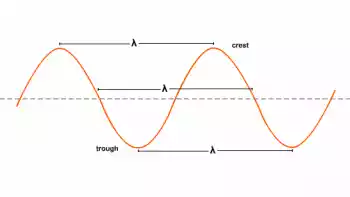
Image credit: Fosco.co
In the context of fiber optics, wavelength is used to describe the properties of light waves propagating through optical fibers.
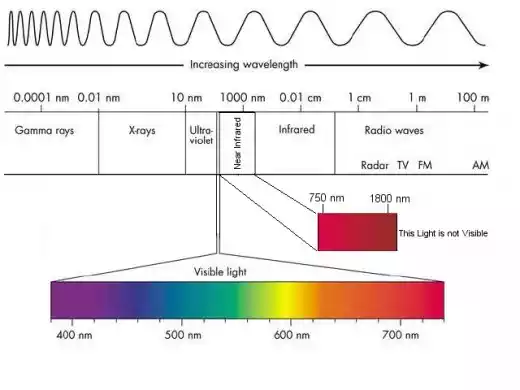
Image credit: Wizzley
The Importance of Wavelength in Fiber Optics
1. Determining Signal Transmission
Wavelength plays a vital role in determining the transmission capabilities of fiber optic systems.
Different wavelengths of light can be used to carry different types of signals simultaneously over a single optical fiber.
This technique, known as wavelength division multiplexing (WDM), enables the efficient utilization of fiber optic infrastructure, allowing multiple signals to be transmitted over the same fiber simultaneously.
2. Maximizing Bandwidth
By utilizing different wavelengths, fiber optic systems can achieve increased bandwidth capacity.
Each wavelength can be assigned to carry a distinct signal, effectively multiplying the data-carrying capacity of the optical fiber.
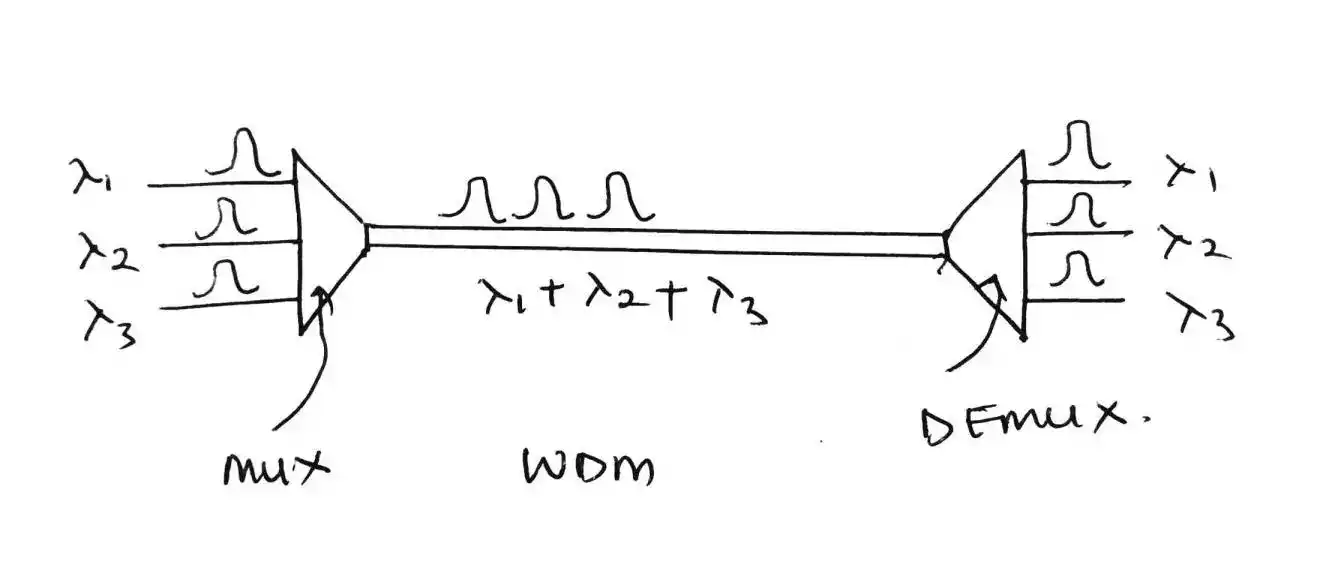
This ability to transmit multiple wavelengths simultaneously significantly enhances the overall bandwidth potential of fiber optic networks.
3. Minimizing Signal Interference
Wavelength also plays a crucial role in minimizing signal interference in fiber optic systems.
By using different wavelengths for different signals, each wavelength can be isolated and separated, reducing the possibility of crosstalk and signal degradation.
This ensures the integrity and quality of transmitted data, making fiber optics a reliable and robust communication medium.
4. Compatibility with Light Sources
Wavelength compatibility between the light source and the optical fiber is of utmost importance.
Fiber optic systems are designed to work efficiently with specific wavelength ranges. Therefore, the choice of light source should align with the operating wavelength range of the fiber optic network.
By ensuring wavelength compatibility, optimal performance and signal transmission can be achieved.
5. Fiber Optic Component Design
The design and performance of fiber optic components, such as lasers, detectors, and amplifiers, heavily rely on wavelength considerations.
These components are engineered to work efficiently within specific wavelength ranges.
Understanding the interaction between the wavelength and these components is essential for achieving optimal performance and ensuring reliable operation of fiber optic systems.
Wrap Up
Wavelength is a fundamental aspect of fiber optics that significantly influences the performance and capabilities of fiber optic systems.
By leveraging different wavelengths, fiber optics enables efficient signal transmission, maximizes bandwidth, minimizes interference, and ensures compatibility with light sources and components.
Understanding wavelength and its importance is essential for optimizing the design and operation of fiber optic networks.
FAQs About Wavelength and Fiber Optics
- What is the relationship between wavelength and frequency? The relationship between wavelength and frequency can be defined by the speed of light.
The speed of light is constant in a vacuum and is approximately 299,792 kilometers per second.
The wavelength is inversely proportional to the frequency of the light wave. As the wavelength increases, the frequency decreases, and vice versa. - Can different wavelengths of light travel at the same speed in fiber optics? Yes, different wavelengths of light travel at the same speed in fiber optics. The speed of light in a vacuum is constant, regardless of the wavelength.
However, the refractive index of the fiber optic material can vary slightly with wavelength, leading to minimal differences in the speed of light propagation. - How is wavelength division multiplexing (WDM) used in fiber optic systems? Wavelength division multiplexing (WDM) is a technique used in fiber optic systems to transmit multiple signals over a single optical fiber simultaneously.
It works by assigning different wavelengths to each signal, effectively dividing the available bandwidth into multiple channels. WDM enables efficient and cost-effective utilization of fiber optic infrastructure. - What is the significance of choosing the right wavelength for fiber optic communications? Choosing the right wavelength for fiber optic communications is crucial to ensure compatibility and optimal performance.
The operating wavelength should align with the characteristics of the fiber optic system, including the light source, components, and transmission medium.
Selecting the appropriate wavelength ensures efficient signal transmission and minimizes the risk of signal degradation. - Are there limitations to the range of wavelengths that can be used in fiber optics? Yes, there are limitations to the range of wavelengths that can be used in fiber optics.
These limitations are defined by the transmission properties of the fiber optic material and the capabilities of the components used in the system.
It is important to consider the transmission characteristics and limitations of the fiber optic infrastructure when selecting the appropriate wavelengths. - How does the choice of wavelength impact the distance that can be covered by fiber optic systems? The choice of wavelength can impact the distance that can be covered by fiber optic systems.
Different wavelengths experience varying levels of attenuation (signal loss) as they travel through the fiber. Some wavelengths are more suitable for long-distance transmissions, while others are better suited for short-range applications.
Selecting the appropriate wavelength is crucial to achieve the desired transmission distance.

